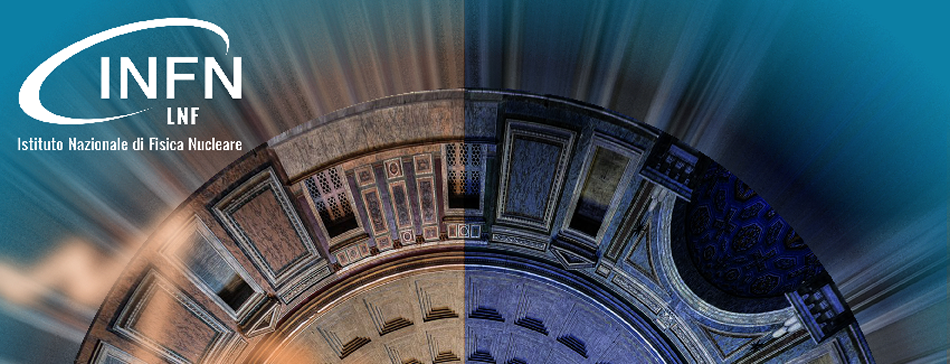Speaker
Description
Carbon composite materials are ideal candidates for High Energy Physics (HEP) applications due to their low density, high stiffness-to-weight ratio and excellent thermal properties. They are widely used in the support structures of tracking detectors, where they play a key role in the thermal management of the silicon sensors and readout electronics. In state-of-the-art trackers such as those installed in the experiments at CERN’s Large Hadron Collider, lightweight composite structures provide the main heat path between the silicon modules and a network of metallic or plastic pipes containing a cooling fluid. However, despite the good results obtained with this approach, the performance targets of future HEP experiments call for even lighter and more efficient technologies. In this respect, the use of sacrificial materials to create micro-vascular networks in the composite laminates represents a very appealing solution to integrate the cooling circuit in the support structure. Yet, despite the potential advantages in material budget, thermal performance and mechanical stability, the difficulties to predict the pressure resistance and long-term leak tightness of the embedded networks hinder their application in detector areas where reliability is paramount.
In this work, both experimental and numerical methods have been used to investigate the pressure resistance of channels embedded in carbon composite laminates. Modified poly(lactic) acid (PLA) preforms have been combined with a post-cure vaporization technique [1] to manufacture plates with longitudinal channels. Destructive tests have been carried out to determine the burst pressure of the plates as a function of the layup and the cross-section geometry of the channels. The deformation of the composite plates during the tests has been monitored using Digital Image Correlation (DIC).
In parallel, a finite element model has been developed to predict the resistance of the plates, relying on cohesive elements to simulate the failure of the channels subject to internal pressure. Experimental delamination results obtained with mode I double cantilever beam (DCB) test specimens have been used to determine the input parameters for the numerical model.
[1] Stephen J. Pety, Marcus Hwai Yik Tan, Ahmad R. Najafi, Philip R. Barnett, Philippe H. Geubelle, Scott R. White. Carbon fiber composites with 2D microvascular networks for battery cooling. International Journal of Heat and Mass Transfer, Volume 115, Part A, December 2017, Pages 513-522
